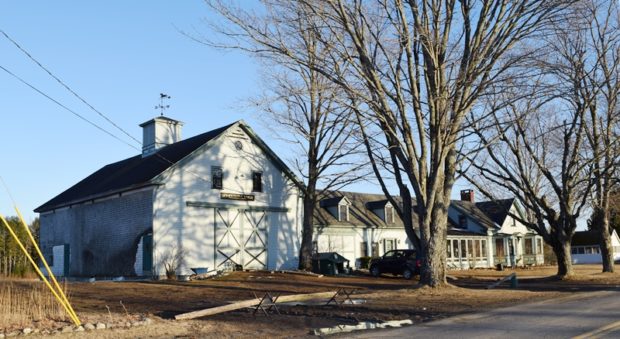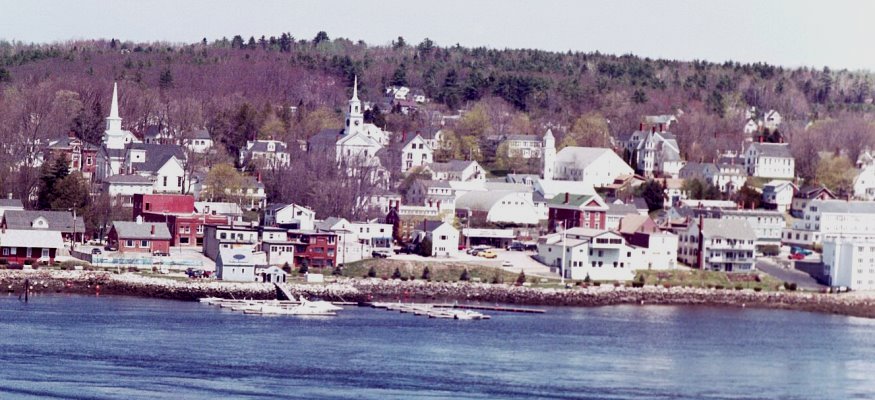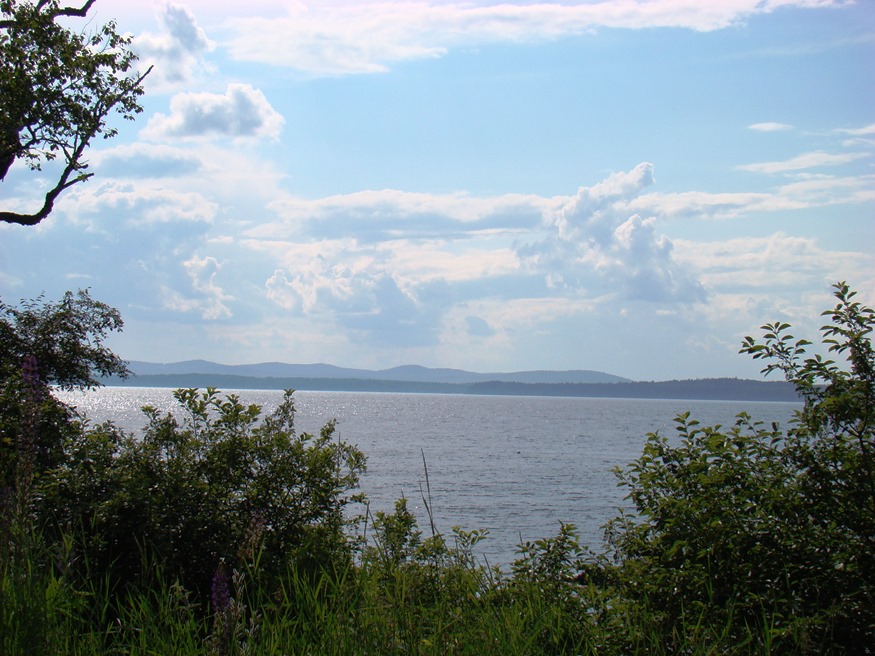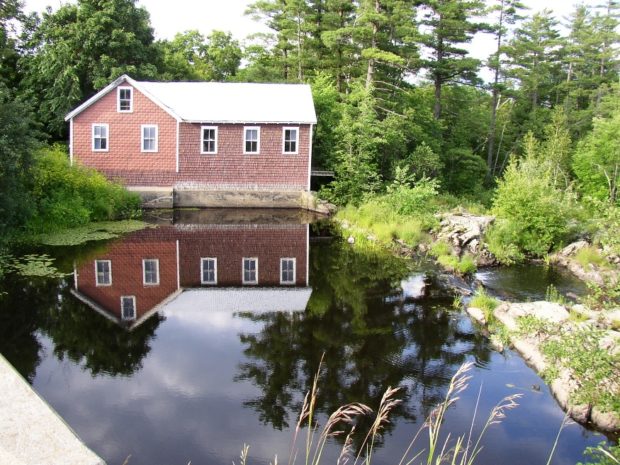Carthage

in Franklin County incorporated in 1826 has a small but growing population. It has has many pleasant views of the western mountains and several historic buildings. The village of Berry Mills, on the Webb River, has a sawmill, as it did in the 1880s. See photos.




















